The agent was born, and with it, the ancient dream of an intelligence that could walk and talk and act in our world seemed finally within reach. For decades, the archetypal image of embodied AI was the robot—a mechanical body housing a thinking mind, a ghost in a shell of steel and wire. And the pioneers of robotics, from the first tentative steps of Shakey the Robot at Stanford in the 60s to the uncannily agile creations of Boston Dynamics, were the pathfinders who proved a machine could navigate the brutal, unpredictable physics of the real world.¹ They built the first bodies.
But a single walking robot, for all its marvel, is still just one body. The truly revolutionary challenge, the one that would change the texture of daily life for everyone, was not to give the ghost a single home, but to give it an entire environment to orchestrate. The first great leap of agentic AI into our world was not about building a million individual androids. It was about awakening a single, colossal body that was already built, a body that was hiding in plain sight: the building itself.
Think about it. A modern building is already a kind of primitive organism. It has a nervous system (the sensors), a circulatory system (the HVAC), a skeleton (the structure), and hands (the locks, lights, and automated blinds). It was a body waiting for a mind. The AI agent became that mind. It was a far more efficient path to large-scale embodiment. Instead of building a million expensive robots, you could install a single AI brain and instantly bring a billion-dollar structure to life.²
This is where the dream became reality on a global scale. The agent, acting as a central nervous system, began to orchestrate the chaotic symphony of a building's functions. It could pursue a single, holistic goal: "Run this building as efficiently and comfortably as possible."
The agent sees the weather forecast and knows a heatwave is coming. It sees the collective calendars of the employees and knows the third floor will be empty on Friday. It sees the real-time price of electricity on the grid. And it composes a plan, pre-cooling the building when energy is cheap, drawing the blinds against the afternoon sun, and re-routing air conditioning from empty floors to occupied ones. This is the building as a single, coordinated, thinking entity.
This is the profound shift. We stop being the frazzled system administrators of our own lives, toggling a dozen apps to manage our environment. The intelligence retreats into the background, becoming an invisible, proactive layer. This is the ultimate fulfillment of the vision of "calm technology," first articulated by the Xerox PARC researcher Mark Weiser, where the technology becomes so woven into the fabric of our lives that it disappears.³ The building itself is now the robot.
We had done it. We had awakened the buildings, turning them into the first great army of intelligent agents working in the physical world. But in doing so, we had simply revealed the next, grander challenge. These intelligent buildings were still islands, just as the first computers had been. They were brilliant, thinking places, but they were not yet speaking to each other. The final, logical step in this two-hundred-year journey was to connect these thinking places together, to weave them into a thinking world.
Citations:
¹ Nilsson, Nils J. "Shakey the Robot." SRI International, 1984. A detailed technical report on one of the very first projects to integrate AI, robotics, and physical navigation. A digitized version is available via the AI Magazine archive.
² Snoonian, Deborah. "Putting AI in B-A-S: The Next Generation of Building Controls." Architectural Record, 24 Aug. 2021. An article detailing how AI is being integrated into Building Automation Systems (BAS) to move from simple automation to predictive optimization. Available to read online.
³ Weiser, Mark, and John Seely Brown. "The Coming Age of Calm Technology." Xerox PARC, 1996. The influential paper that laid out the vision for technology that recedes into the background of our lives. A copy of the paper is widely available online.

.png)



.jpg)
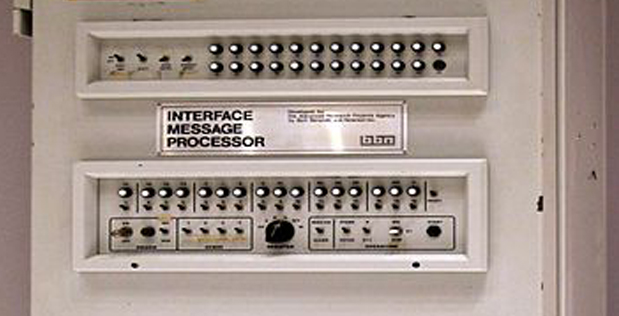
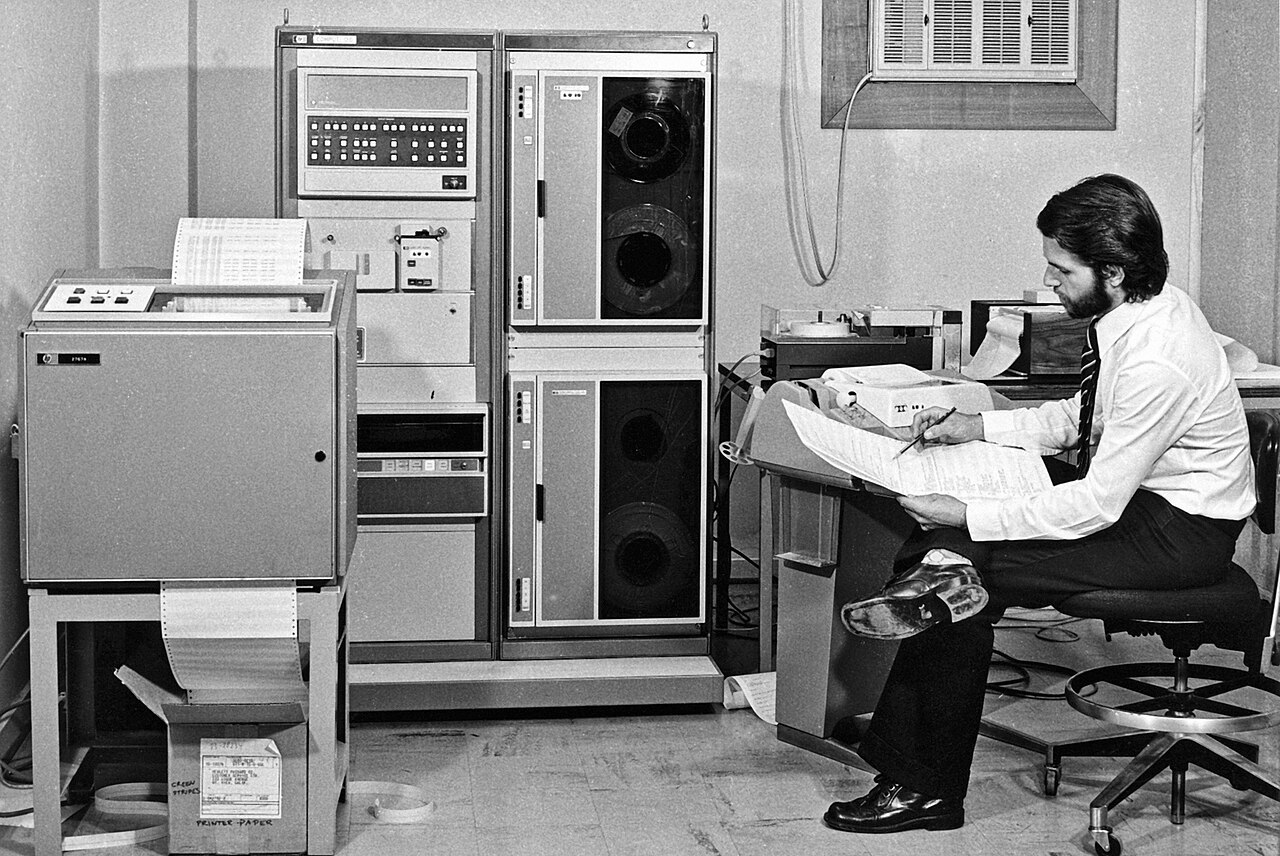
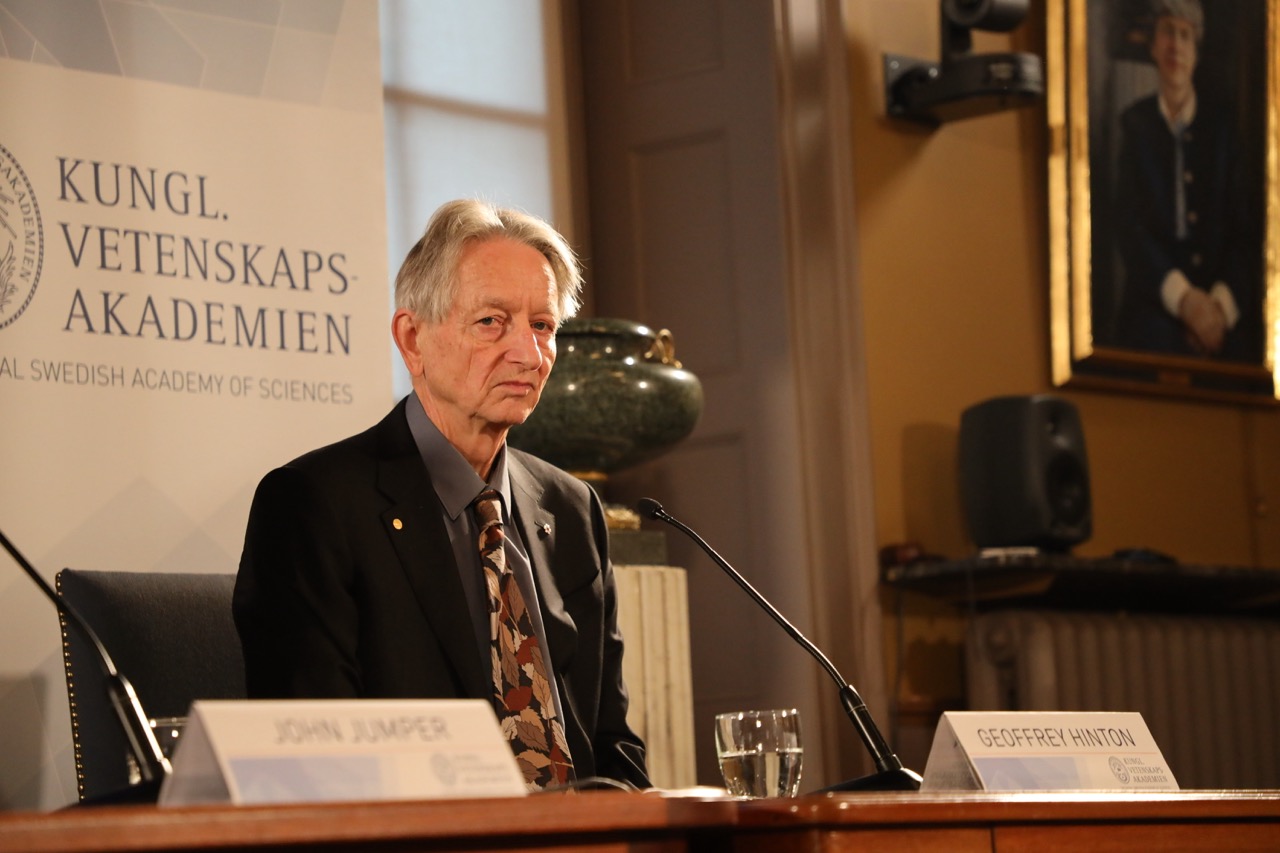
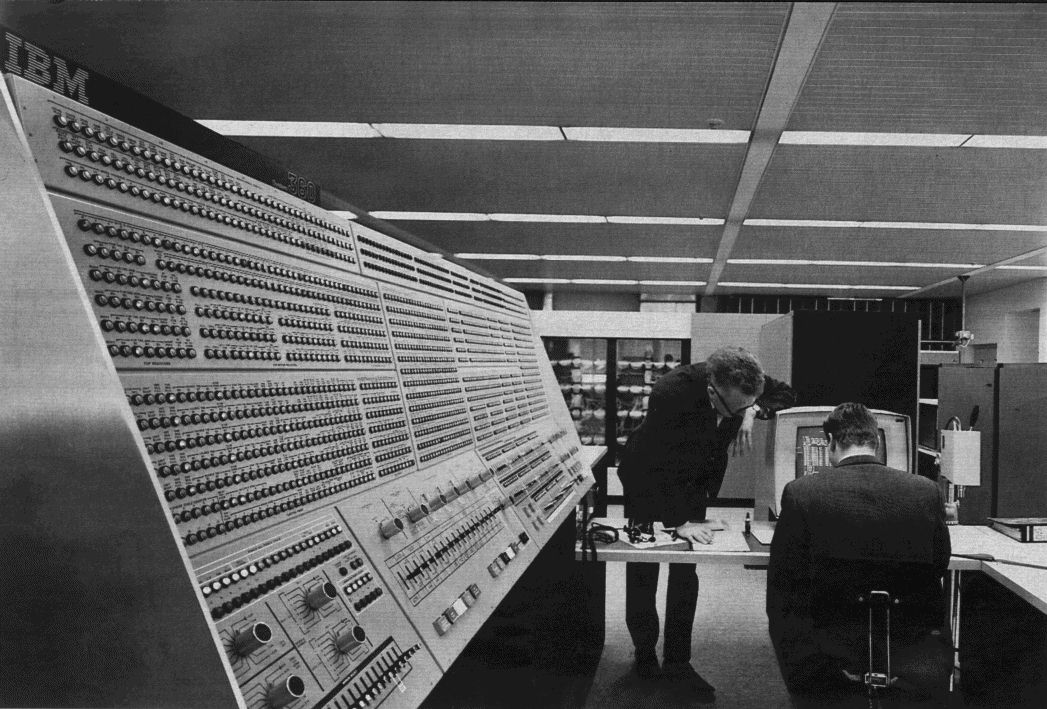


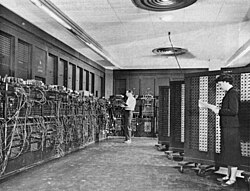
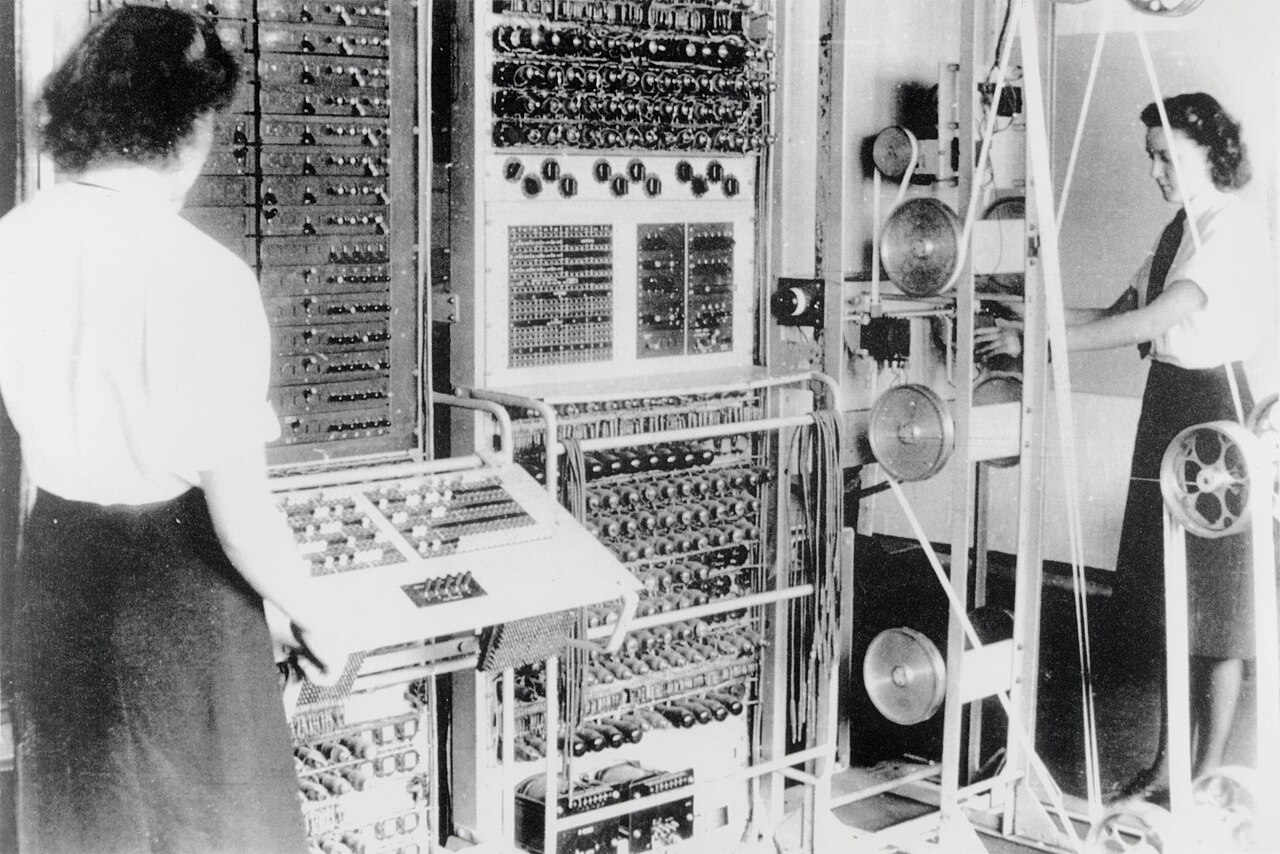

_School_-_Charles_Babbage_(1792%E2%80%931871)_-_814168_-_National_Trust.jpg)


